Inflation Australia: Rising cost of a supermarket shop between 2019 and 2022
It’s no surprise that the cost of filling up your trolley has soared in three years, with certain products nearly doubling in cost.
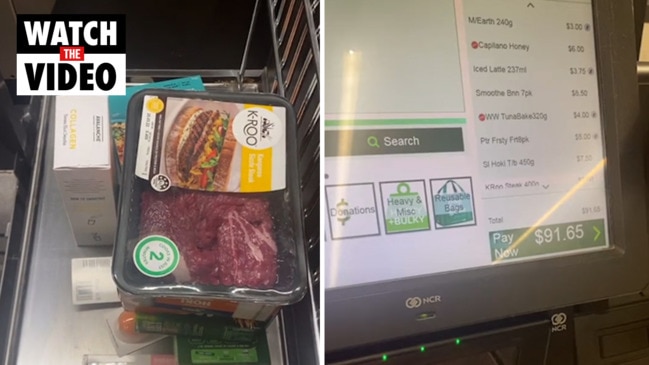
It’s no surprise the cost of filling up your trolley costs more in 2022 than it did three years ago.
However, the exact difference three years makes to a trip to Woolworths is startling.
Comparing the 2019 receipts from a pre-pandemic supermarket shop of an inner-city Sydney couple with a five-year-old child, an 18-month-old infant and a cat, the same shop costs $45.90 more in 2022.
Stream more finance news live & on demand with Flash. 25+ news channels in 1 place. New to Flash? Try 1 month free. Offer ends 31 October, 2022 >
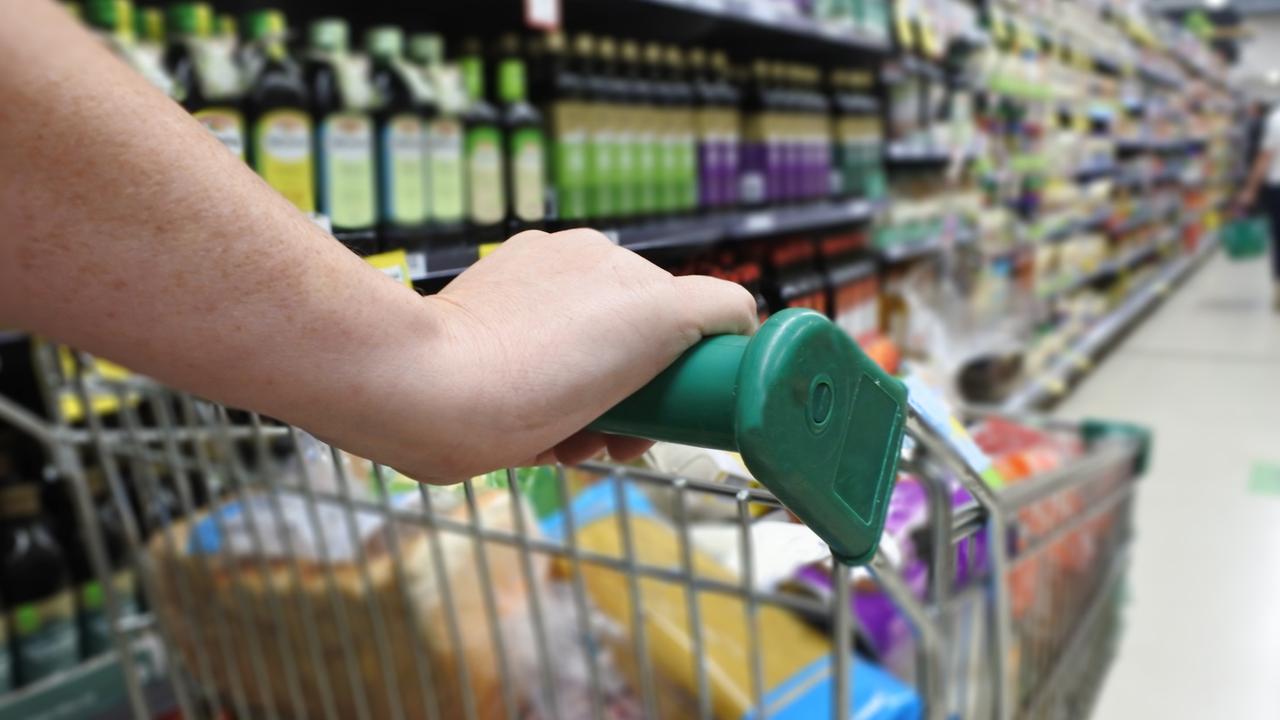
So we could get a ‘like for like’ comparison, this number didn’t take into account items which were currently on special. If a specific product or brand wasn’t available, we substituted it for a similar product.
Breaking down the numbers, they looked like:
Cost of 2019 supermarket shop: $236.07
Cost of 2019 supermarket shop now (without special prices): $281.97
Cost of 2019 supermarket shop now (with specials): $259.97
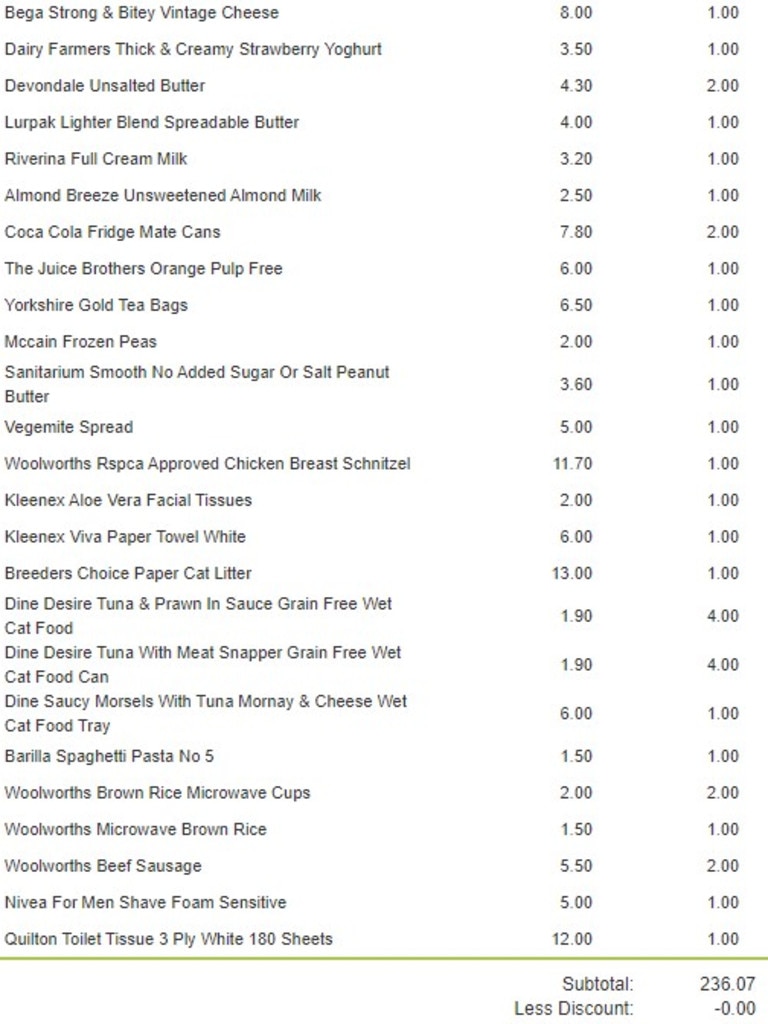
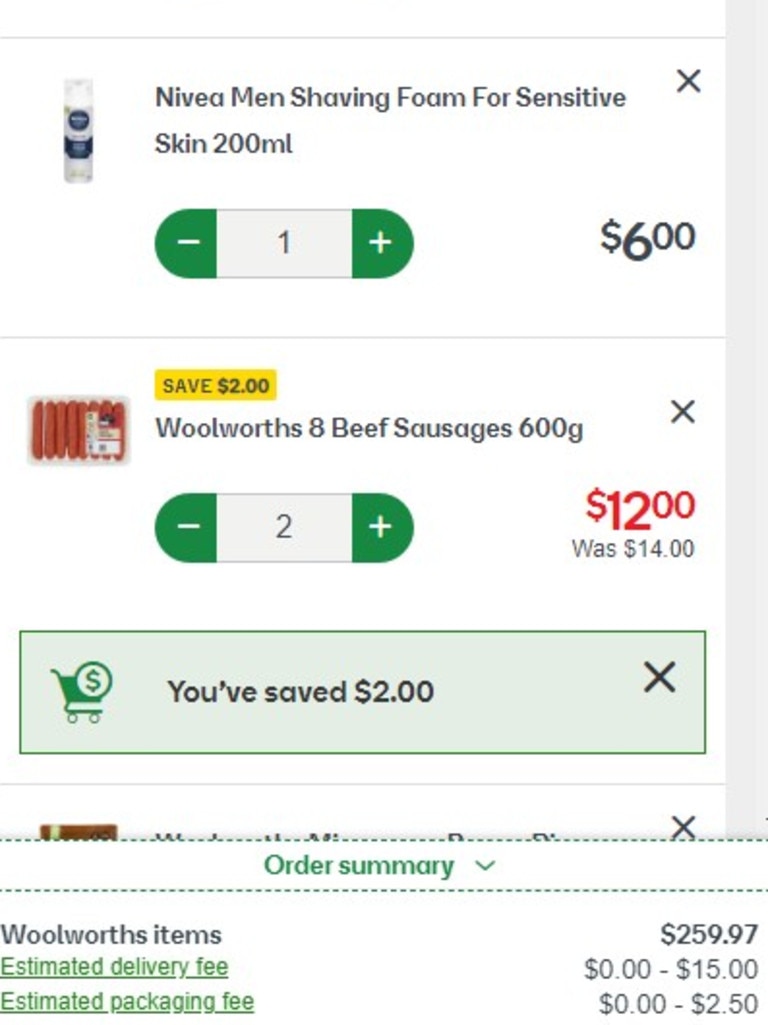
The contents of the shop included household staples like a 1kg pack of CSR Caster Sugar ($2 in 2019, $2.70 now), Lurpak Lighter Blend Spreadable Butter ($4 in 2019, $5 now) and a 400 pack of Huggies Baby Wipes (from $13 to $17).
However, some products saw no increase in price. Most notable were packets of Arnott’s Nice Biscuits ($2.30), Milk Arrowroot Biscuits ($2.30) and Salada crackers ($3.20) saw no change in price.
Surprisingly the cost of Coke cans saw the steepest cost rises, with prices for a 10-can 375mL multipack soaring from $7.80 to $14.95. However, at the time of publishing, they were priced on sale for $10.
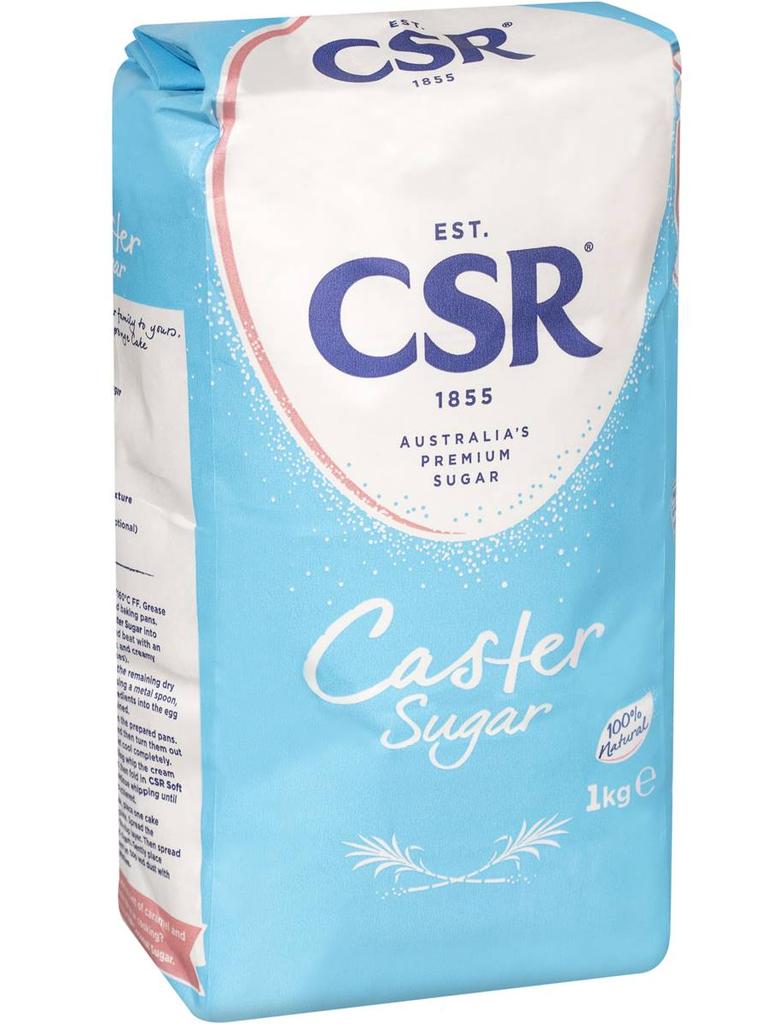
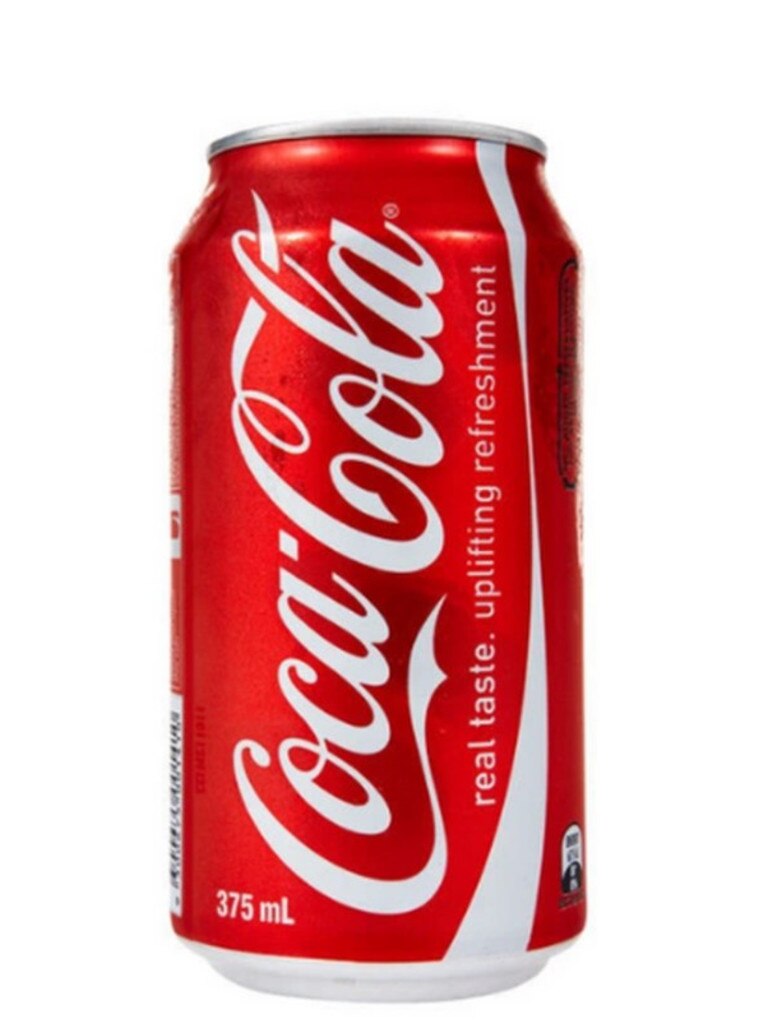
In February of this year, Coca-Cola Europacific Partners admitted they had to make minor increases to its wholesale costs to retailers due to a mix of “rising materials and commodity prices, and supply chain cost pressures”.
In a statement to 7News, a spokesperson said that while they tried to “absorb the costs,” the “minor increases” were no longer viable.
While most household will lament at a staple shop costing well into the $200 or even $300 mark, it’s also worth pointing out that his shop didn’t include fresh produce.
This was because the Sydney household bought their produce from a local fruit and veg shop, while also supplementing their weekly needs from a smaller supermarket close to their home.
However, produce prices have been some of the hardest hit by inflation, as well as supply chain issues and the current pressures caused by the war in Ukraine.
According to official numbers from the Consumer Price Index, groceries have risen by 4.2 per cent between December 2019 and December 2021 alone. The biggest jumps in prices were in the categories of beef and veal (16.8 per cent), vegetables (7.7 per cent) and other meats (also 7.7 per cent).
However, the 2019 and 2022 figures from this shop would indicate a rise between 10.1 per cent to 19.4 per cent.
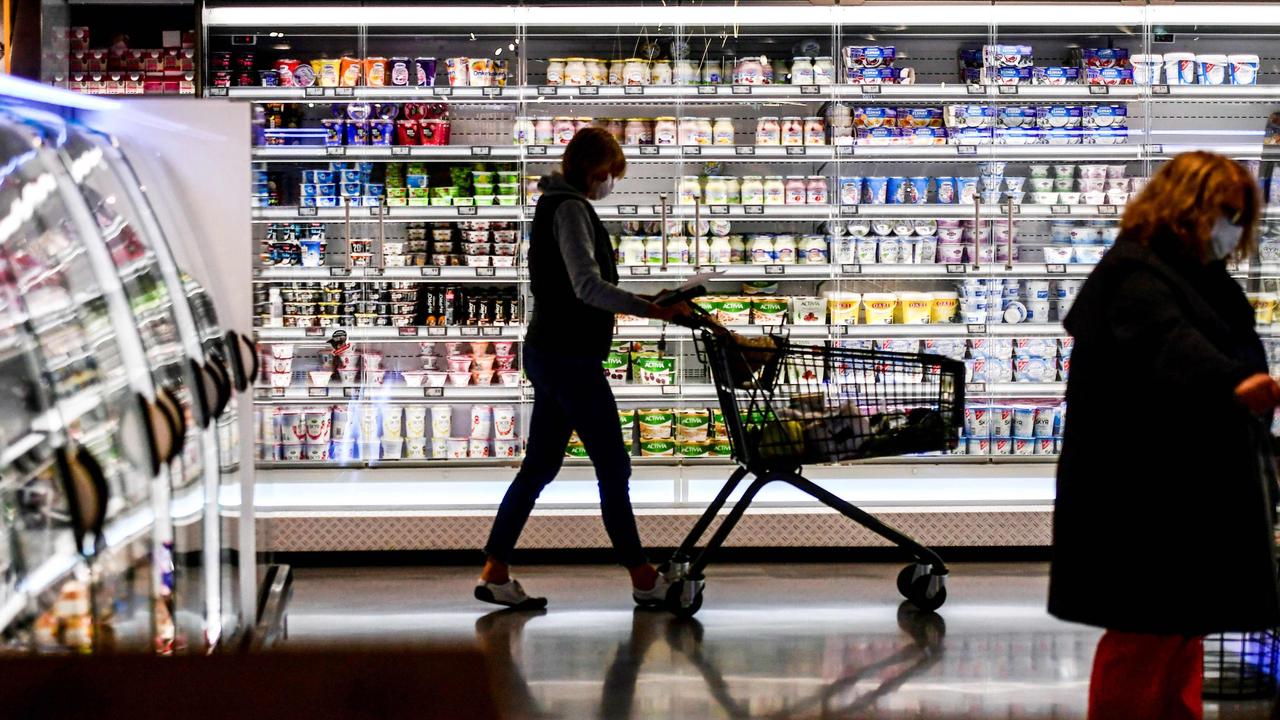
The chairman of SPC – one of Australia’s biggest food manufacturers – also warned that the cost of all supermarket products would increase by 10 to 20 per cent.
“I would expect it will impact everything that you buy from a supermarket, whether you’re buying q-tips, whether you’re buying food, whether you’re buying cleaning products,” he said, speaking to 3AW.
He said the price increases were due to a “double whammy” of disrupted global supply chain issues, as well as food production and rising oil costs.
“You’ve got the war between Russia and Ukraine, which impacted the oil, and means the oil price has gone up … and impacted the food because Ukraine used to produce a lot of the food that went into Europe,” he continued.
“In a globalised economy, when you have a war in Europe like this, it’s bound to have an impact on the rest of the planet.”






